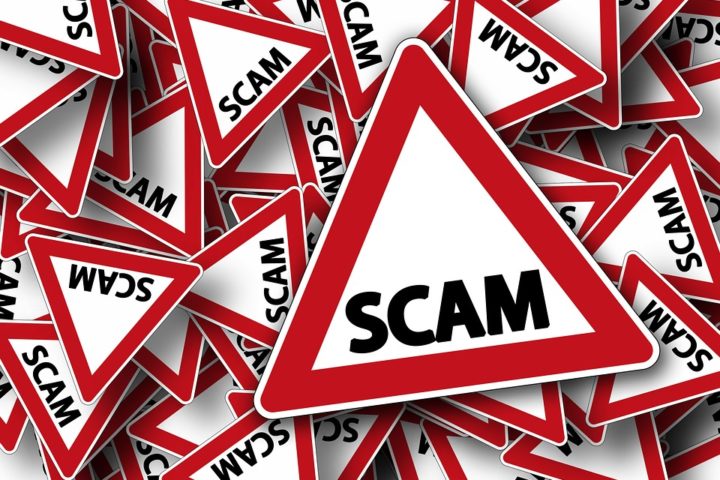The Chief Executive Officer (CEO) is a senior management position that carries influence and authority in a company. However, one might assume that the CEO can do anything whenever they want, which is not far from the truth. The roles of a CEO may differ from another company to another.
For example, a typical CEO of a large corporation only deals with the decision-making of the company and its overall growth. Although, CEOs in smaller companies are the ones that are involved in the day-to-day functions. A chief executive officer is usually selected by the Board of Directors (BOD) and is answerable to them.
A chief executive officer can also be fired, and this decision is made through a vote by the company’s board. This often happens when the CEO has lost influence over the team, when the company’s performance is not appealing, or sometimes their capabilities have outgrown the company.
This blog post will unveil the different responsibilities of a CEO in a company.
Responsibility #1: Making Capital Allocation Decisions

Many people think that the Chief financial officer (CFO) is the one responsible for the finances of the company. The CEO first sets the yearly budget, which shares strategies like paying debts, share purchases, distributing capital, or sometimes re-investing in the business.
CEOs may need the help of CFOs when revenue, fluctuations in calculating potential expenses or profitability for the upcoming year is considered. With the help of executive coaching, CEOs learn to make the best decisions for the organization.
Responsibility #2: Communicate with the Board of Directors or Stakeholders

The CEO is the face of the company. They represent the company in front of the press, suppliers, employees, customers and other regulators. As a CEO, transparency is the most important virtue that you should possess. There is no way that you can wake up one day and make a decision concerning the company on your own.
CEOs report to the board on whatever strategy or update they may have and wait for feedback on the direction the company will take. CEOs are required to live within the core elements of mission, vision and values. Also, remember that a CEO is not really off of his duty. There is always someone who is listening and watching.
Responsibility #3: Senior Leadership in Team Building

The CEO of a company is not responsible for firing or hiring any employee. They must be able to attract top talent in the organization, meaning when the company becomes more diverse, some executives will be hired to help the CEO with other responsibilities.
They are rather responsible for building up the overseeing executive leadership team who are responsible for hiring and, at the same time, are in charge of the middle and upper management within the division. The executive leadership team includes the Chief Operating Officer (COO), the Chief Financial Officer (CFO), and all the C-suite roles may be added to this category.
Responsibility #4: Establishing a Working Culture

Just like a child does exactly what he has seen the elders doing, it is the same way with the employees. Try to create a positive working culture, and you lead by example. You should abide by the company’s mission, vision and values. The more productive your culture and working environment are, the better the company’s performance will be.
Responsibility #5: Development of Policies and Strategies

Being the CEO of a company also comes with bigger responsibilities. You will have to devise the policies and strategies that would later bring the company’s visions to reality.
Sit down with the board of directors and your employees, talk to them and let them know what to expect in the company in terms of the growth of the business. This may be long-term or short-term, just set it out to be clear.
Responsibility #6: Understand what makes a good leader

Finally, you should understand what makes a good leader at work. There are several rules to remember:
- Passion for leadership is not strong enough to make things happen in the company. The CEO must attract talented people for the company’s mission, vision and values.
- Undoubtedly, this position pays a lot of money, but it also comes with pressures that only a person with an extraordinary passion for leadership can manage.
- A CEO must be comfortable delivering and reinforcing information from the company to the people.
The main responsibility of a chief executive officer is to simply manage the operations of the company. The board of directors mostly votes for CEOs. However, there are some cases where the CEO owns the company. As you have seen in the article, CEOs do not just sit around and do nothing. They have responsibilities that aim to ensure the company is successful.





